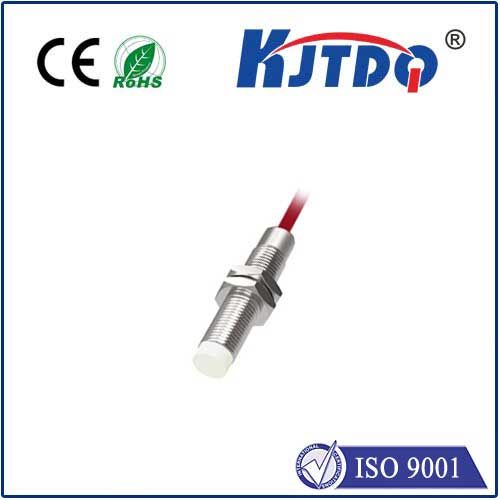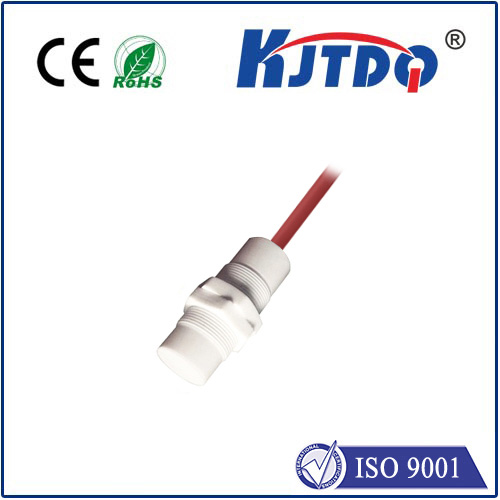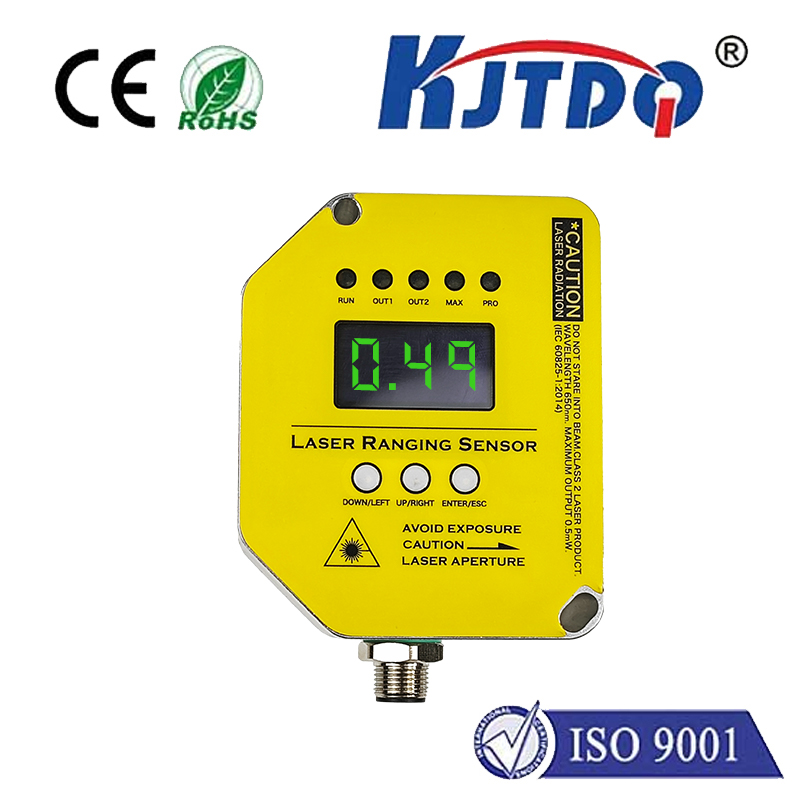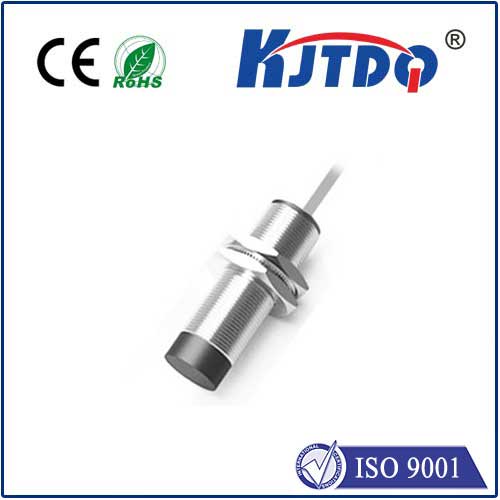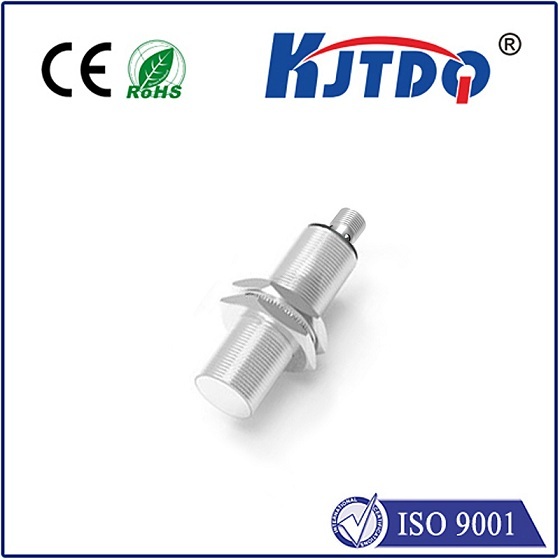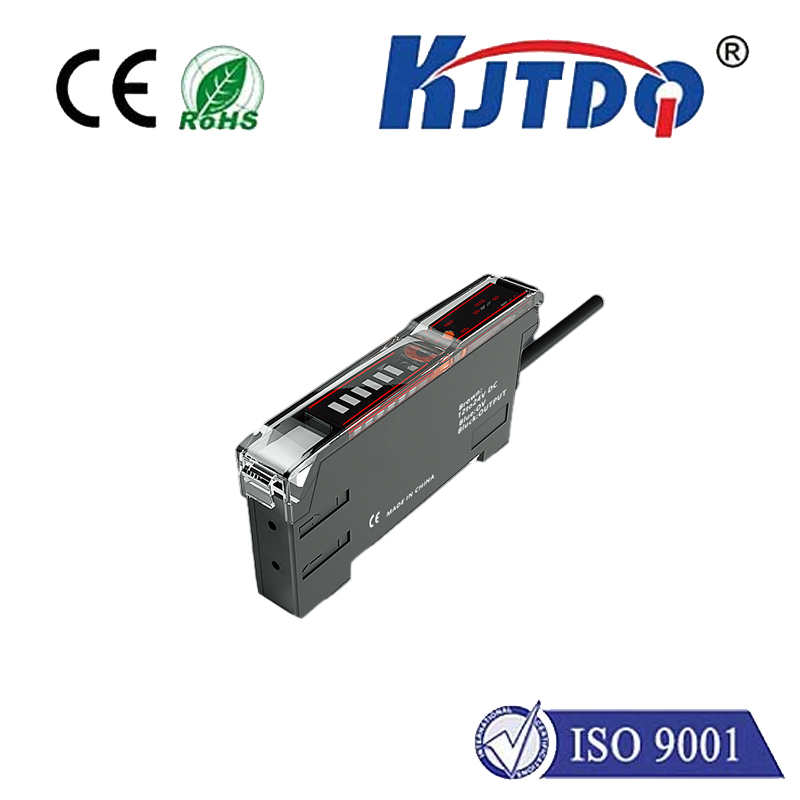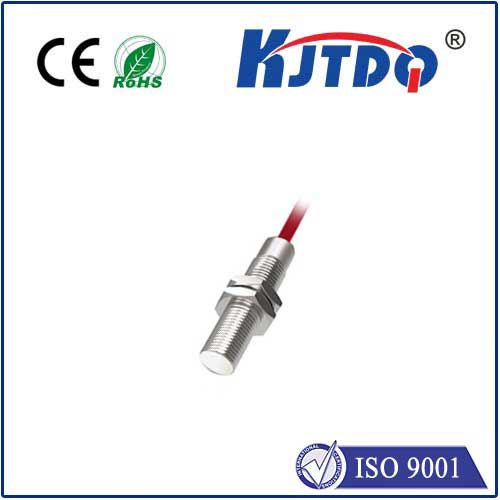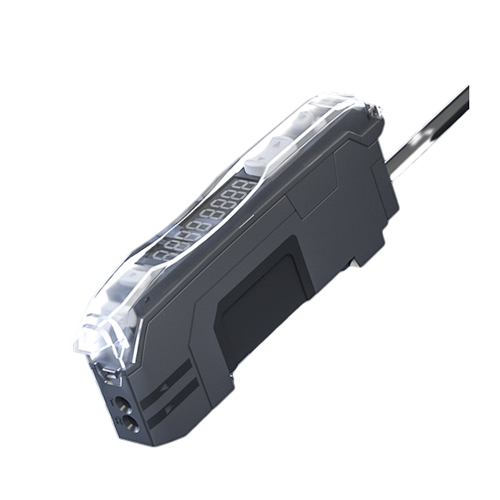thermal sensors for low power lasers
- time:2025-08-29 03:10:36
- Click:0
Thermal Monitoring Mastery: Why Precision Sensors Are Non-Negotiable for Low Power Laser Performance
Don’t be fooled by the “low power” label. While high-power lasers generate dramatic heat demanding intensive cooling, their low-power counterparts operate in a far more nuanced thermal realm. Here, precision thermal management isn’t just beneficial—it’s fundamental to achieving the stability, longevity, and accuracy these sophisticated devices promise. Selecting and implementing the right thermal sensors for low power lasers is the unsung hero of reliable photonics performance.
The Delicate Thermal Landscape of Low Power Lasers
Low-power lasers, encompassing diode lasers, VCSELs (Vertical-Cavity Surface-Emitting Lasers), and small solid-state lasers typically operating below a few hundred milliwatts to a few watts, are ubiquitous. They drive high-speed fiber optic communications, enable precise barcode scanning, power medical diagnostic tools, underpin LiDAR systems, and are the heartbeat of countless sensing applications.
Their efficiency, however, is never 100%. Even minor electrical power dissipation at the junction or within the gain medium translates to heat. This seemingly small heat load presents unique challenges:

- Critical Temperature Sensitivity: Key laser parameters like wavelength, output power, and beam quality are acutely sensitive to minute temperature fluctuations. A shift of just a few degrees Celsius can drift the wavelength beyond acceptable limits for coherent communications or spectroscopic sensing.
- Material & Structural Constraints: Low-power lasers, especially diodes and VCSELs, are often miniaturized and packaged with thermally sensitive materials like epoxies or specific semiconductor layers. Excessive localized heating, even if overall power is low, can cause delamination, accelerated aging, or catastrophic failure.
- Demand for Stability: Applications like atomic clocks, precision metrology, and certain medical procedures demand exceptional laser stability, where thermal drift is a primary noise source.
Why Dedicated Thermal Sensors Are Indispensable
Simply knowing the ambient temperature isn’t sufficient. Accurate, real-time temperature measurement at or near the critical heat-generating point within the laser is crucial. This is where specialized thermal sensors for low power lasers step in, enabling:
- Closed-Loop Temperature Control: This is the gold standard. A thermistor, RTD (Resistance Temperature Detector), or thermocouple placed near the laser chip provides feedback to a control circuit (often a TEC - Thermo-Electric Cooler driver). The controller adjusts the TEC current to maintain the laser precisely at its optimal operating temperature, counteracting external ambient changes and internal heating variations.
- Performance Compensation: For systems without active cooling, thermal sensor data can feed into algorithms that dynamically adjust laser drive current or calibrate output parameters based on measured temperature, mitigating drift effects.
- Failure Prevention & Health Monitoring: Continuous thermal monitoring provides early warnings of potential malfunctions. An unexpected temperature rise might indicate failing drive electronics, blocked cooling paths (dust accumulation in sensors), or impending laser diode degradation, allowing for preventative maintenance or safe shutdown.
- Optimizing Efficiency: Running a laser cooler than necessary wastes energy. Accurate thermal sensing ensures TECs operate only as needed, minimizing system power consumption – a critical factor for portable or battery-powered devices.
Choosing the Right Sensor: Key Considerations
Not all temperature sensors are created equal for this sensitive task. Selecting the optimal thermal sensor requires careful evaluation:
- Accuracy & Resolution: Sub-degree Celsius accuracy and high resolution (0.1°C or better) are often required to maintain laser wavelength and power stability effectively. Calibration tolerance and long-term drift are critical specs.
- Response Time: How quickly the sensor reacts to temperature changes is vital for effective control loop stability. Fast response minimizes thermal overshoot and undershoot. Small bead thermistors often excel here.
- Size & Form Factor: Sensors must be physically compatible with the compact packaging of low-power lasers. Miniature surface-mount thermistors or tiny chip-based RTDs are common. Sensor placement (thermal coupling) is paramount – it must accurately reflect the actual laser junction temperature.
- Electrical Characteristics & Noise Immunity: Sensor output (resistance, voltage) must be compatible with the control circuitry. Immunity to electromagnetic interference (EMI) from nearby laser drivers or other electronics is essential to avoid signal corruption. Wire resistance and self-heating effects need consideration.
- Stability & Reliability: Sensors must deliver consistent performance over the product’s lifetime under operating conditions (temperature cycling, humidity). Resistance to thermal and mechanical stress is crucial.
- Cost & Complexity: While precision is key, sensor and implementation costs must align with the overall system budget. Simpler solutions (like basic thermistors) are often preferred where adequate.
Common Thermal Sensor Technologies for Low Power Lasers:
- Thermistors (NTC - Negative Temperature Coefficient): Widely popular due to their high sensitivity (large resistance change per degree), small size, low cost, and fast response times. Ideal for point sensing near the laser chip. Nonlinear resistance-temperature curves require careful calibration and linearization in software or hardware. Stability over very long periods can be less predictable than RTDs.
- RTDs (Platinum Resistance Temperature Detectors): Offer superior accuracy, linearity, and long-term stability compared to thermistors. Platinum thin-film RTDs are common in compact forms. Their lower sensitivity necessitates more complex signal conditioning circuits but provides inherently more stable readings.
- Thermocouples: Generate voltage proportional to temperature difference between junctions. While robust and capable of wide temperature ranges, their lower sensitivity and requirement for a cold-junction reference make them less common for precise, low-power laser control compared to thermistors or RTDs. More often found monitoring overall module or heat sink temperature.
- Integrated Silicon Sensors: Some specialized ICs incorporate a temperature sensing element (often diode-based) with amplification and even digital output (I2C/SPI). Offer ease of integration, linear output, and digital simplicity but may have slightly lower accuracy or temperature range limits compared to high-end discrete RTDs or thermistors.
Beyond the Sensor: System Integration Matters
The best sensor is ineffective if poorly integrated. Optimal thermal management for low power lasers is a system-level challenge:
- Thermal Path Design: Ensuring efficient heat flow from the laser junction to the heat sink and/or TEC is critical. Sensor placement must be along this path to accurately represent the critical temperature.
- Control Loop Tuning: Parameters like proportional, integral, derivative (PID) gains in the TEC controller must be carefully tuned using the specific sensor’s characteristics and the system’s thermal dynamics to achieve fast, stable temperature control without oscillation.
- Signal Integrity: Shielding cables, minimizing lead lengths, using low-noise amplifiers, and employing digital interfaces where possible mitigate signal corruption.
- Calibration: Factory calibration is essential, and in high-precision applications, periodic recalibration may be necessary depending on sensor type and environmental stress.
The Essential Investment
Implementing precision thermal sensors for low power lasers is not an optional extra; it’s a cornerstone of reliable, high-performance photonic systems. By providing the critical temperature data needed for active control or compensation, these sensors ensure that low-power lasers deliver on their promise of stable wavelength, consistent power output, extended operational life, and overall system efficiency. Whether it’s enabling the next generation of high-bandwidth communications, ensuring the accuracy of a medical diagnostic tool, or guaranteeing the reliability of an industrial sensor, **mastering thermal management through precise sensing is the key to unlocking the full potential of these






